|
|
|||
|
(Back to Preceding Week; on to Next Week) |
|
Blue-throated
|
24 NOVEMBER is final deadline to register for our 2010 midwinter Hummingbird Expeditions |
Canivet's
|
|
LATE AUTUMN POTPOURRI 2009
The casual observer notices a few things about the coming of autumn--when leaves begin to turn, the first frost, perhaps a "V" of Canada Geese heading south in migration--but many subtleties of seasonal change are lost on humans too busy with everyday tasks. One way to become more observant of phenology is to use a good pair of binoculars or a camera, either of which focuses one's attention on natural happenings. The neat thing about binocs or a macro or telephoto lens is they bring organisms close, revealing attributes or behaviors otherwise ignored. Thus, at Hilton Pond Center we always have our trusty Canon 40D at hand--this week to record for Web site visitors a variety of fall phenomena comprising the 2009 edition of "Late Autumn Potpourri." (NOTE: We must confess we're cheating a little this week by including photos from late last month. We departed 30 October for the West Virginia mountains and returned home seven days later, so images in the current installment were taken at Hilton Pond during the last week in October or 6-10 November.)
All text & photos © Hilton Pond Center One autumn phenomenon that even caught the attention of daily newspapers in 2009 was an abundant mast crop in various locales, including most of the Carolinas. Oak trees in the Piedmont showered suburban neighborhoods with exceptionally abundant acorns--as was the case in late October at Hilton Pond Center. Most newspaper accounts, however, said it was red oaks that bore lots of nuts this year, while at the Center the ground was littered with acorns (above) from our magnificent White Oak tree. Curiously, some states--e.g., Indiana and West Virginia--report especially poor mast production in 2009. Factors that influence mast crop include light intensity, timing and amount of rainfall, soils, temperature (particularly blossom-killing freezes during the spring flowering period), and the genetics and age of a particular stand of trees.
All text & photos © Hilton Pond Center "Mast" originally meant just acorns; the word comes from the Old English maest, meaning "to fatten"--as in acorns collected in autumn and fed to pigs. Today mast includes wild fruits such as grapes, cherries, walnuts, crabapples, hickory nuts, and dogwood berries. All are high in carbohydrates, fats, and/or proteins and are eagerly sought by a wide variety of wild creatures.
Indeed, mast is critically important to many mammals and larger birds, especially those that do not migrate. Black Bears fatten on acorns prior to hibernation, Eastern Gray Squirrels store countless nuts where they can get to them during the cold, and White-tailed Deer condition themselves for winter by adding autumn fruits to their staple diet of grasses and tender twigs. Even Wild Turkeys are able to swallow whole acorns or hickory nuts and grind them in their powerful crops. Berries from trees such as Flowering Dogwoods (above) are devoured by Eastern Bluebirds, American Robins, and Northern Cardinals--the latter deriving some of their bright plumage from red pigments in the half-inch dogwood fruit. A poor mast crop typically means weaker animals die off at a greater rate due to starvation and other factors, so we imagine this year's bumper crop of acorns and other wild fruit bodes well for survival of Piedmont fauna.
All text & photos © Hilton Pond Center Although by late October and early November activity is waning for wildflowers and pollinators alike, a few hardy composites are still blooming. The three-eighths-inch-diameter white aster above (species unknown) growing on the bank of Hilton Pond had enough nectar to attract a couple of unidentified solitary metallic bees (above) of equal size. Native bees--which collectively are of extensive and untold importance in pollinating native plants--often die at autumn's end after producing eggs or larvae and provisioning a nest with honey; some hibernate and provide pollination services when the first showy wildflowers bloom the following spring.
Despite light frost a couple of days this week, a few other insects are still moving about as fall winds down. Among our still-active six-leggers are several members of the Coreidae, the Leaf-footed Bug Family--so-called because the hind legs have flat projections resembling dead leaves. The coreids are "true bugs"--classified in the Hemiptera--the order that includes insects whose forewings are half leathery and half membranous. One of the Leaf-footed Bugs that got snared in a mist net this week was Leptoglossus oppositus (above). This slow-moving inch-long critter can produce--like many of its relatives--a bitter, vile-smelling odor when disturbed by predators that are unlikely to make a meal of the stinky bug. L. oppositus uses its needle-like mouthparts to puncture plant tissues and suck out nutritious sap, sometimes causing damage to the host or its fruits.
All text & photos © Hilton Pond Center Here at Hilton Pond Center, several bird species absent all summer are showing up to herald the waning days of autumn. Among our favorites are the two North American species of kinglet: Ruby-crowned and Golden-crowned. These perky little birds--scarcely bigger than hummingbirds--breed primarily across boreal Canada and begin to show up locally the last week in October. Between these two, the male Golden-crowned Kinglet (above) is most colorful, with his crimson-orange topknot bordered by streaks of yellow, black, and white. Female kinglets of either species lack the red, and in Ruby-crowned Kinglets of either sex the head streaks are also missing.
All text & photos © Hilton Pond Center We're also always happy to see the season's first Winter Wren (above), an equally diminutive bird that seems completely covered by the barring characteristic of the Wren Family. Winter Wrens have especially short tails they usually hold perpendicular. They're probably more common in the Carolina Piedmont than folks realize but spend lots of time in brushy wet places where they're often overlooked. Winter Wrens have an especially long and melodious song they sometimes warble on the wintering grounds. We seldom see them and have banded just 12 since 1982 when we started our bird studies at Hilton Pond Center.
All text & photos © Hilton Pond Center One colorful bird we caught during the past two weeks breeds throughout the Carolinas but increases significantly in numbers as more northerly conspecifics filter in during late fall. This species, the Pine Warbler (above), was far more common around Hilton Pond prior to the clear-cutting of a neighboring 75-acre Loblolly Pine plantation back in 1996; of 144 individuals banded locally, only 21 have been captured since that fateful timber harvest. (We noticed equivalent post-cutting decreases in pine-loving birds such as Brown-headed Nuthatches, Yellow-throated Warblers, Summer Tanagers, Blue Jays, and Pine Siskins.)
All text & photos © Hilton Pond Center One other avian species observed during the recent period--the Sharp-shinned Hawk--may be present year-round but is dramatically more prevalent come autumn. We caught the juvenile male above on 26 October when he bumbled into a mist net while pursuing a White-throated Sparrow that got away cleanly. Sharpies are little hawks; males are about the size of Blue Jays, while females are about a third larger. (Incidentally, thin-legged male sharpies take a Size 2 band--the same as American Robins, Brown Thrashers, and male Eastern Towhees.) We've captured 39 Sharp-shinned Hawks in our 28 years at Hilton Pond Center, two of which were encountered later at considerable distances: An immature female banded in January 1992 and recaptured and released a year and three months later at Port Huron MI; and an immature male banded in mid-October 1994 and found dead at Bridgeport WV in September 1999--his sixth year!
All text & photos © Hilton Pond Center This week, a particularly picturesque phenomenon--bursting seed pods on our Swamp Milkweeds (above)--confirmed fall is nearly over and nature is preparing for a long winter ahead. One by one these three-inch milkweed pods split along their seams, releasing tiny brown seeds attached to feathery fibers that catch the wind and fly milkweed genes to another spot along the banks of Hilton Pond. Assuming some bird or small mammal doesn't make lunch of these wrinkled seeds, each will germinate to assure a future generation of Swamp Milkweeds that may be part of NEXT year's "Late Autumn Potpourri." Until then, think warm thoughts and use those binoculars and camera lenses to focus on natural happenings in the world around you. All text & photos © Hilton Pond Center ADDENDUM #1: On 2 November 2009, Charley Faulkenberry snapped a quick photo of a Great Egret perched on the dock at Old Williamsburg Lake in Fort Mill SC. The image (see below) was forwarded to Hilton Pond Center by Laura Thomas, beloved student from our 1970s science teaching days at Fort Mill High. Great Egrets are common year-round in the Carolinas Coastal Plain and many demonstrate "post-breeding dispersal," showing up here in the Piedmont during fall and winter. This egret was unusual in that it bore three bands, a weathered metal one low on its right leg and two others on the left--including a wide red plastic ring above the "knee." A close look at this auxiliary marker revealed an inscription of "60X." We reported the sighting and code to the federal Bird Banding Laboratory (BBL) via their Web site form and posted a general inquiry to several birding listservs. It wasn't long before we heard from Chip Weseloh of Ontario, Canada--a member of The Waterbird Society who works for Environment Canada. Chip couldn't say initially where the egret had been banded, but it was somewhere on the Great Lakes!
Great Egret photo © Charley Faulkenberry ADDENDUM #2: Afew days later after Chip had a chance to look at his records, he e-mailed us news that the Great Egret had been banded as a young-of-the-year in June 2009. The location was on Chantry Island in Lake Huron at the south end of the Bruce Peninsula (Ontario), As far as this seems, Chip's Canadian group has had some of their 1,200-plus banded Great Egrets show up in Cuba and even had one report from the Azores Islands in the North Atlantic! (At right, Canadian Wildlife Service employee Dawn Laing enthusiastically prepares to band a young egret at one of the Great Lakes rookeries.)
All text & photos © Hilton Pond Center ADDENDUM #3: Eventually we also heard from Cindy Cartwright (above left), a Canadian bander who lives onshore just 2 km east of Chantry Island. Cindy told us she's the person who actually processed the Great Egret bearing the "60X" color band. Her details: On 15 June 2009 Eric (above right) climbed trees on Chantry Island and hand-captured the flightless nestling egret (perhaps the one Cindy's holding in the photo), bringing it to the ground for banding. "None of the birds we banded that day," she wrote, "were observed in Ontario at feeding or roosting locations later in the season." Chip Weseloh extends his thanks to Charley Faulkenberry and Laura Thomas for reporting their bird at Fort Mill SC and requests any additional sightings of Great Egrets banded through the Canadian Wildlife Service be sent to the Bird Banding Laboratory and to Chip. All text & photos © Hilton Pond Center
Comments or questions about this week's installment?
Thanks to the following fine folks for recent gifts in support of Hilton Pond Center for Piedmont Natural History and/or Operation RubyThroat: The Hummingbird Project. Your tax-deductible contributions allow us to continue writing, photographing, and sharing "This Week at Hilton Pond." (Please see Support if you'd like to make a gift of your own. You can also contribute by ordering an Operation RubyThroat T-shirt.)
"This Week at Hilton Pond" is written & photographed You may wish to consult our Index of all nature topics covered since February 2000. You can also use our on-line Hilton Pond Search Engine at the bottom of this page. For a free, non-fattening, on-line subscription to |
|
Make direct donations on-line via
Network for Good: |
|
|
Use your PayPal account
to make direct donations: |
|
|
If you like to shop on-line, you please become a member of iGive, through which more than 750 on-line stores from Barnes & Noble to Lands' End will donate a percentage of your purchase price in support of Hilton Pond Center and Operation RubyThroat. For every new member who signs up and makes an on-line purchase iGive will donate an ADDITIONAL $5 to the Center. Please sign up by going to the iGive Web site; more than 200 members have signed up to help. It's a painless, important way for YOU to support our on-going work in conservation, education, and research. |
|
|
SPECIES BANDED THIS WEEK: * = New species for 2009 WEEKLY BANDING TOTAL 4 species 45 individuals 2009 BANDING TOTAL 62 species (28-year avg. = 68.9) 1,688 individuals (avg. = 1,913.2) 28-YEAR BANDING GRAND TOTAL (since 28 June 1982, during which time 170 species have been observed on or over the property) 124 species 53,570 individuals NOTABLE RECAPTURES THIS WEEK (with original banding date, sex, and current age) White-throated Sparrow (3) All text & photos © Hilton Pond Center
|
OTHER NATURE NOTES OF INTEREST --Due to travel that kept us away from Hilton Pond Center for a week, during the current reporting period we were able to run nets on only two days--8 & 9 Nov. (A heavy Post-Hurricane Ida downpour on 10 Nov didn't help.) --The afternoon of 9 Nov was a bander's dream come true and a potential nightmare all in one. We check our mist nets at 15-minute intervals at the Center. At 1:15 p.m. we discovered one net contained "a few" birds that hadn't been there a quarter-hour before. We certainly would have noticed them, because we're talking about 31 Cedar Waxwings! This species tends to occur in flocks, but more than two-and-a-half dozen of them captured all at once was ridiculous. Fortunately, waxwings come out of mesh easily, so we were able to safely extricate and band all of them in a relatively short time span. Five Yellow-rumped Warblers in an adjoining net during the same net check were icing on the cake.
NOW is the time to report your RTHU fall departure dates from the U.S. & Canada, and fall arrival dates for Mexico & Central America. Please participate.
|
|
(Back to Preceding Week; on to Next Week) Up to Top of Page Back to This Week at Hilton Pond Center Current Weather Conditions at Hilton Pond Center |
 You can also post questions for The Piedmont Naturalist |
Join the |
Search Engine for |
|
|
Mantels Direct Discount

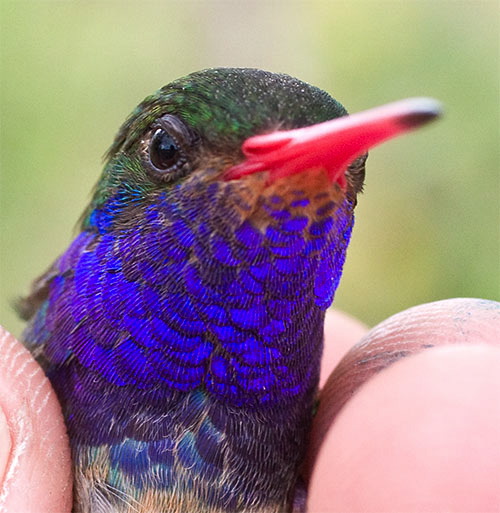
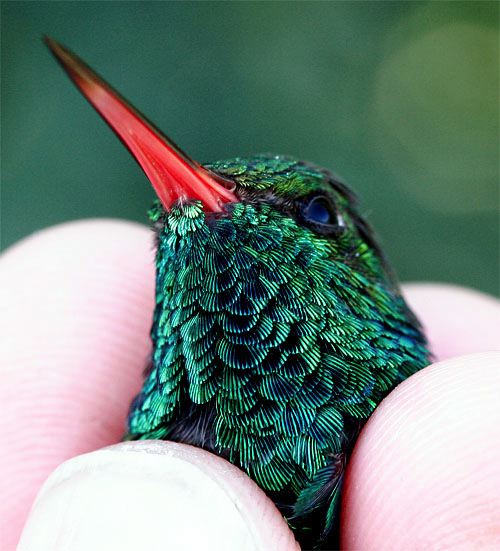
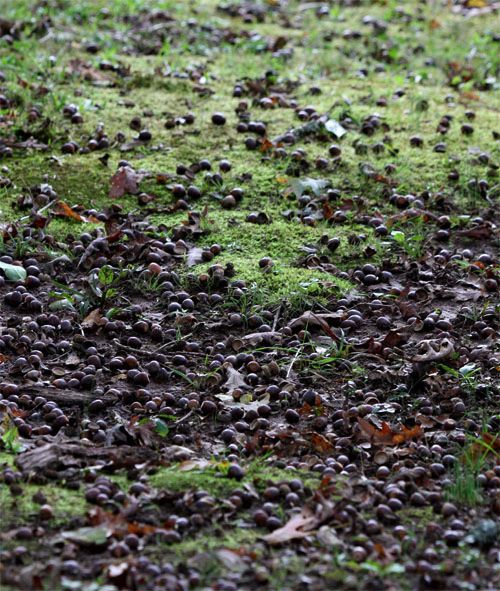
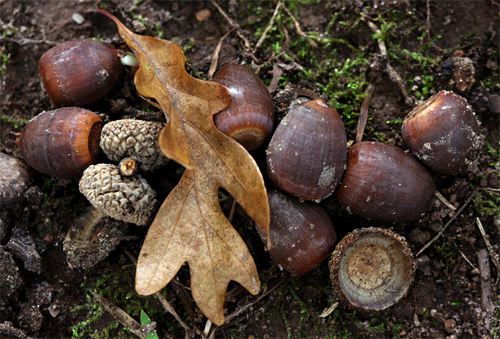
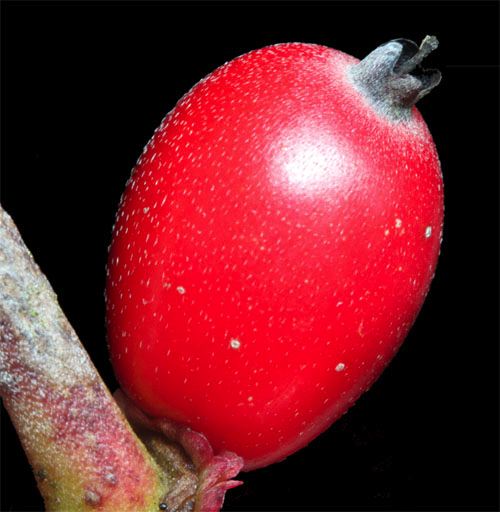
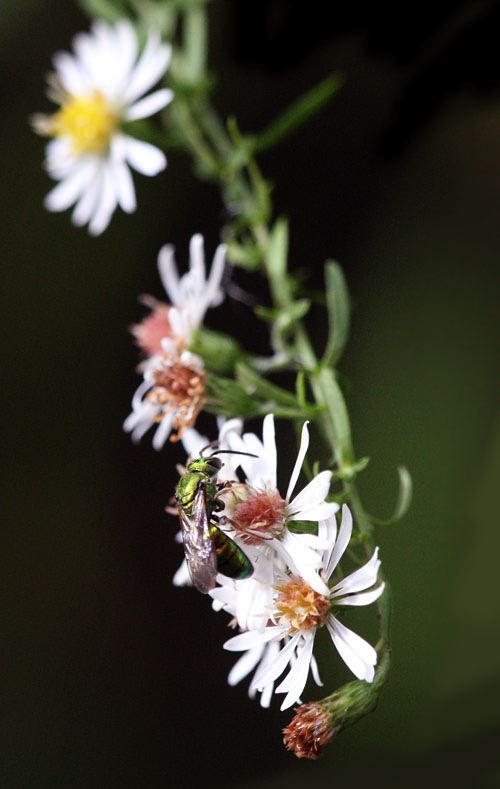
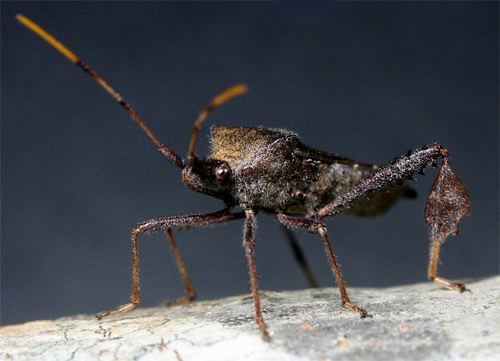
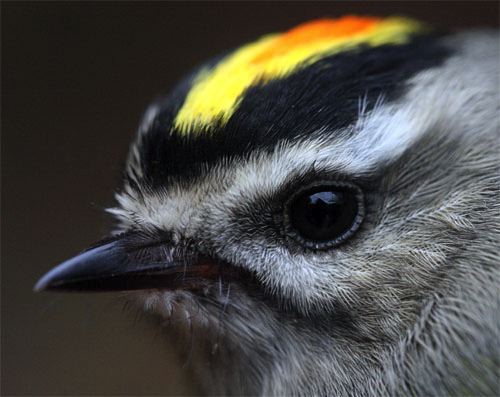
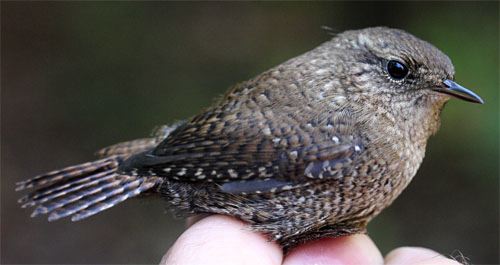
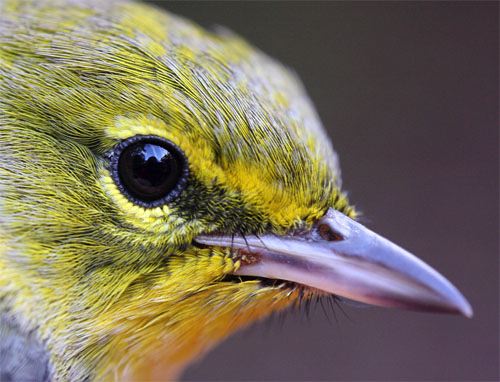
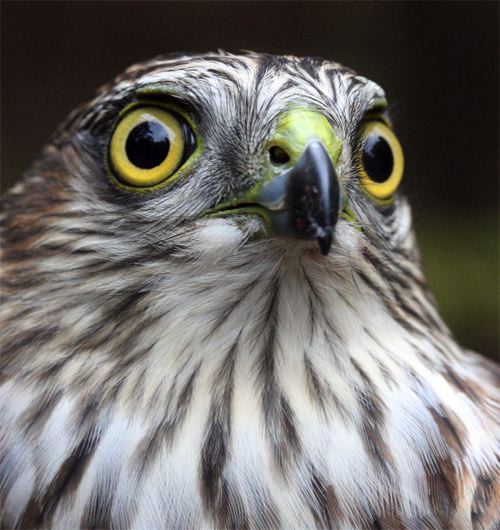
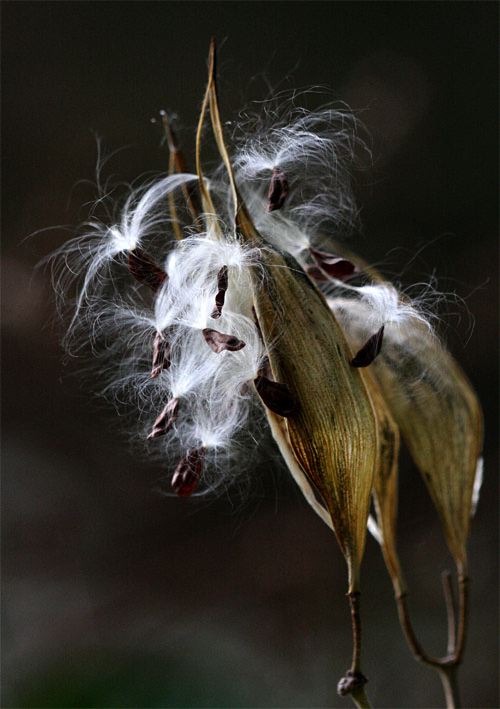
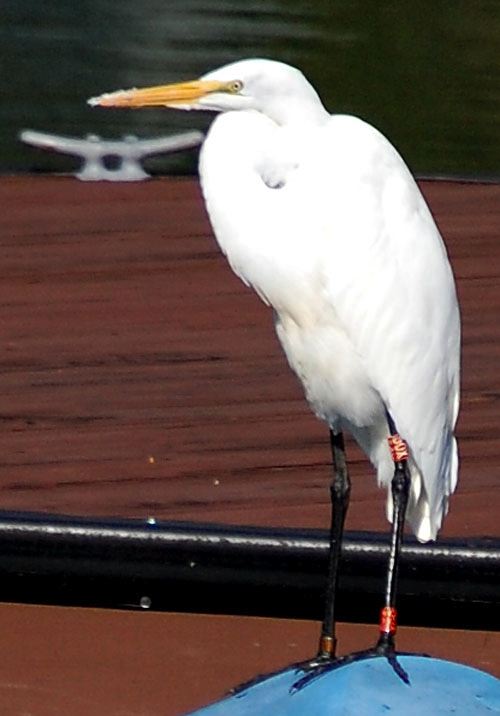
 approximately 550 straight-line miles due north of Fort Mill SC--quite a trip for a tall wading bird.
approximately 550 straight-line miles due north of Fort Mill SC--quite a trip for a tall wading bird. 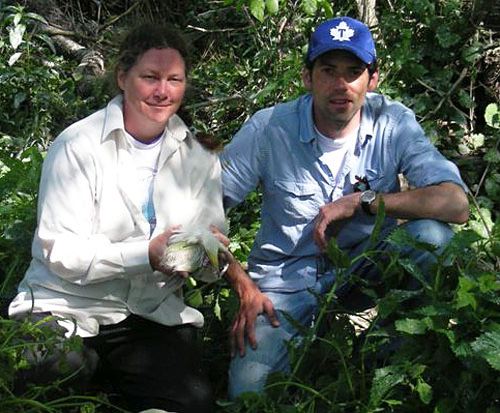



 Oct 15 to Mar 15:
Oct 15 to Mar 15: